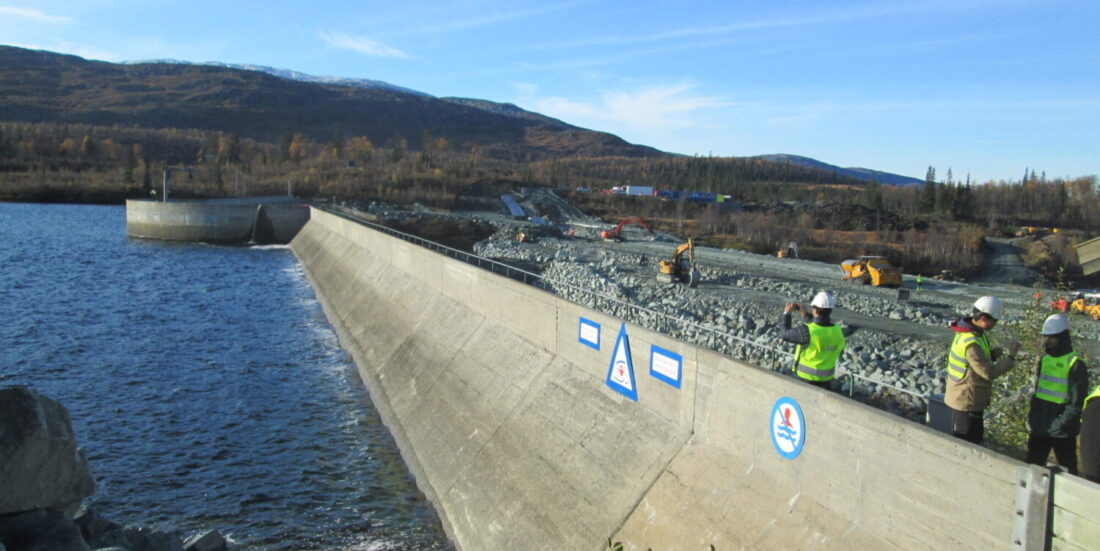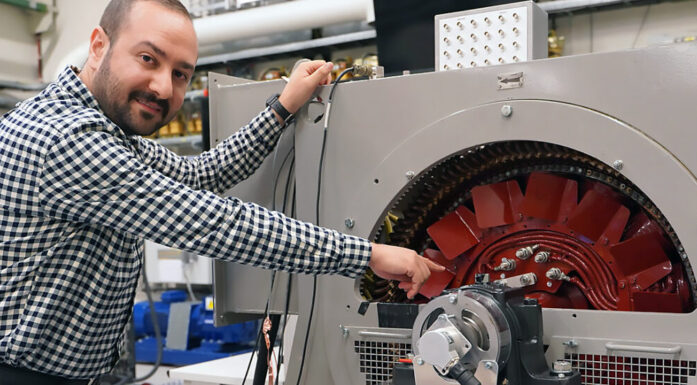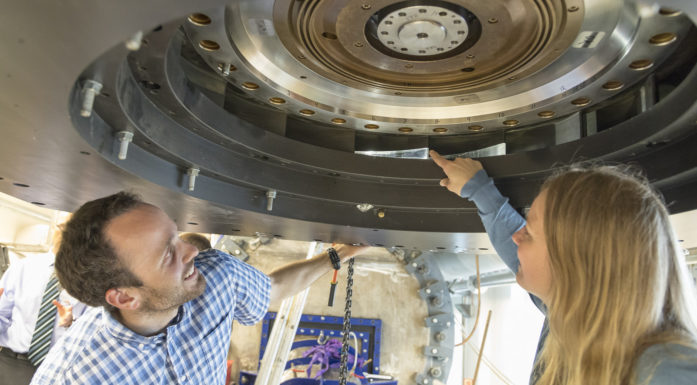New report on the future development of Norwegian hydropower
The smarter utilisation of Norwegian hydropower will promote nature conservation, improve access to energy and boost earnings.
In a recently published report, researchers have illustrated how we can upgrade existing hydropower facilities in developed catchments to help them exploit the energy system more efficiently.
“I hope that the public authorities and energy industry executives will read this report before they make decisions about how our energy system should be developed with a view to utilising more renewable sources”, says NTNU Professor Leif Lia at the research centre HydroCen.
The report demonstrates that there is major potential for the generation of greater megawatt output from currently developed catchments. This means that it is possible for existing plants to supply much more electricity in emergency situations.
For example, it will be possible to use the energy generated by other unregulated sources when we know that hydropower can rapidly supply more electricity when the other sources fall out.
“Output expansions such as these can be achieved by building new plants in parallel with existing facilities, providing outflow to downstream reservoirs, fjords and the open sea”, says Ingrid Vilberg, who is a SINTEF researcher and Project Manager at HydroCen.
In this way, we can relieve the load on existing power plants, which can be run under less intensive operational patterns. According to the report authors, this will result in significantly better environmental conditions in currently developed catchments.
“We’ve been working together with several power companies and have obtained insights into the opportunities and challenges linked to upgrade and expansion projects”, says Vilberg. “This has provided us with valuable knowledge that we have used to calculate and compare relevant examples”, she says.
Major potential in developed catchments
Norway, and the world in general, wants to see more electricity generation from renewable sources, combined with higher levels of output. But this has to be achieved in socially, financially and environmentally sustainable ways.
Hydropower generation is facing increasingly stringent requirements in terms of what is considered to be ‘sustainable’. These signals are coming both from the EU Taxonomy (a classification system for environmentally sustainable economic activities and investment) and the 2022 UN Convention on Biological Diversity.
For the hydropower sector, this means the imposition of limiting criteria on its impact on climate change. It also means that electricity generation must be carried out without significant negative impacts on catchment habitats and biodiversity.
“Norway has already developed many excellent approaches in terms of mitigating the negative environmental impacts of hydropower development ”, says Tonje Aronsen, who is a Research Director at the Norwegian Institute for Nature Research (NINA). “These can be adapted and further developed to meet new requirements. The key here is that the optimal result requires that we take account of nature conservation considerations early in the planning phase”, she says.
By adopting joint, multidisciplinary approaches that incorporate environmental design considerations as part of plant upgrade and extension planning, we will achieve combined solutions with acceptable environmental impacts. In some situations, it may be possible to improve environmental conditions as part of new upgrade and extension work.
The profitability of upgrade and extension projects normally determines whether or not they go ahead. Profitability is entirely dependent on future energy prices and market projections, both of which are highly uncertain factors.
The tax burden on the hydropower companies is also an important factor, which has in the past put the brakes on a number of projects. Combined with acceptance from wider society, market prospects and the regulatory framework have represented the most significant barriers to the completion of several upgrade and extension projects.
Recommendations to the hydropower sector and the public authorities
The increased requirement for renewable energy is placing new demands on the Norwegian hydropower sector.
As part of a separate project called PotOUt, researchers have been demonstrating that the most efficient and sensitive way to increase electricity generation from hydropower sources in Norway is to upgrade and extend existing plants in currently developed catchments. For this reason, the same researchers also believe that the smartest thing to do is to boost output capacity.
The following is a list of recommendations to the public authorities and administrators.
On the assumption that it is an aim in itself to complete a number of plant upgrade and extension projects in the future, the public authorities should consider the following:
- A consistent and predictable regulatory framework for upgrade and extension projects
- The removal of tax barriers to plant renovation
- The prioritisation of concession applications for projects with existing reservoir capacity and market adaptability
- The adoption of thorough concession processes
- Further development of the energy system to prevent loss of flexibility
- The adoption of innovative environmental design approaches in relevant catchments
In the light of significant fluctuations in energy markets, it is important to identify options that have not previously been considered and then weigh these up against both new and established environmental design approaches.
The following is a step-wise approach to the identification of plant upgrade and extension projects incorporating environmental design solutions:
- Define the area
- Consult expert groups to assess options without limitations (blue-sky approach)
- Arrange joint workshops with expert groups and the power companies
- Then use the ‘deck of cards’ method for multiple criteria decision assistance:
- Evaluate all potential power plant projects
- Evaluate all environmental and societal projects
- Incorporate new technical and environmental design approaches as part of the total evaluation
- Define aims and strategies and put the cards together
- Reports
Click here to read the PotOUt report in full: Potensial for O/U i norsk vannkraft med miljødesign – PotOUt (Potential for upgrade and extension projects with environmental design in the Norwegian hydropower sector / in Norwegian)
This article was first published in the Norwegian online research journal forskning.no (15 August 2023).





